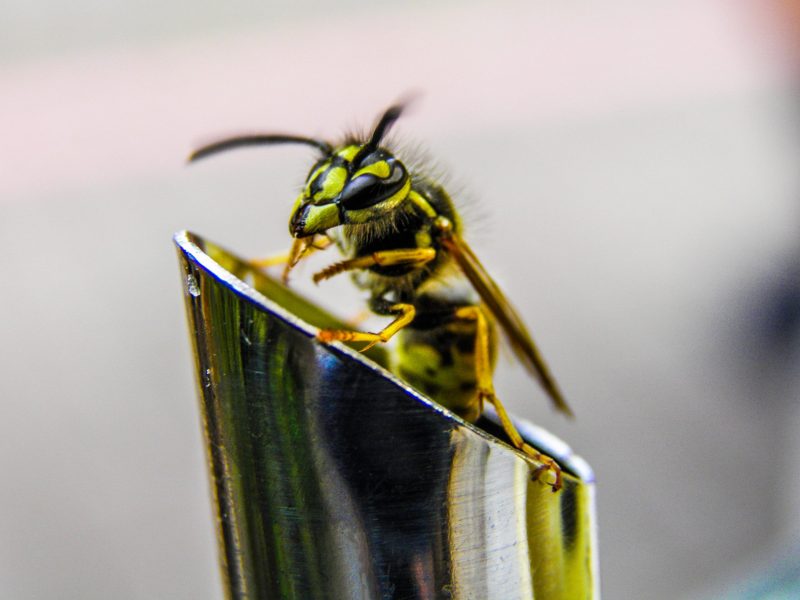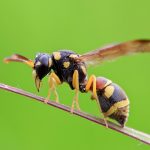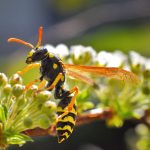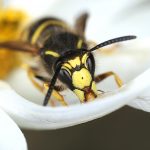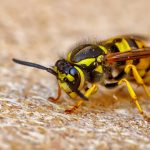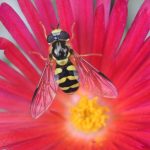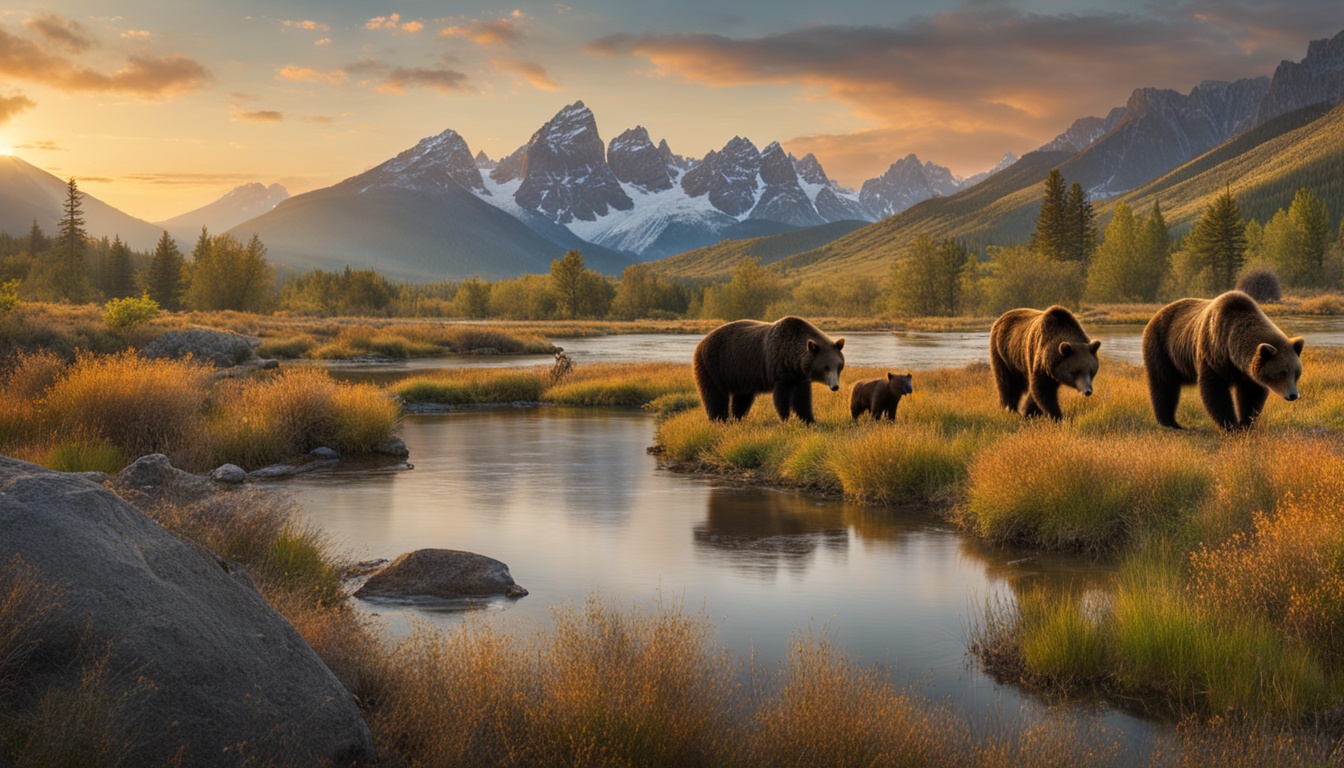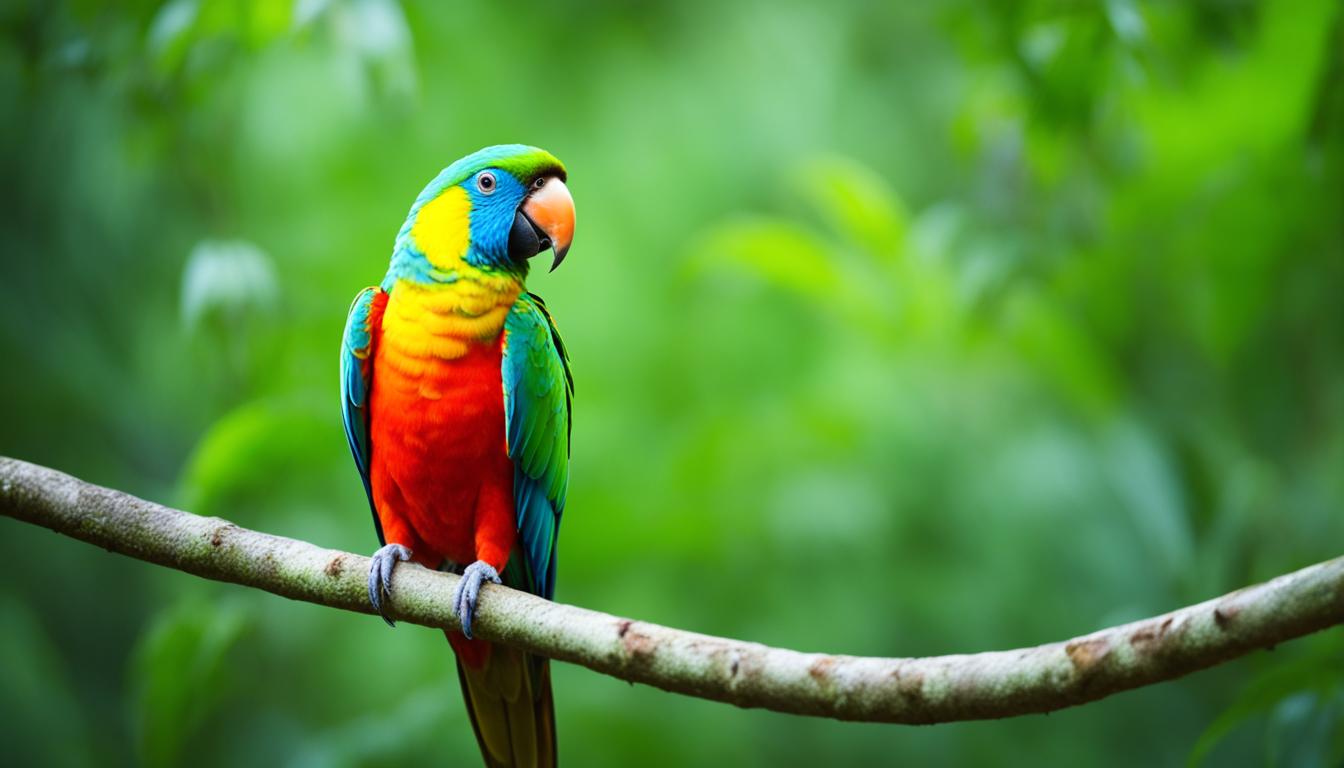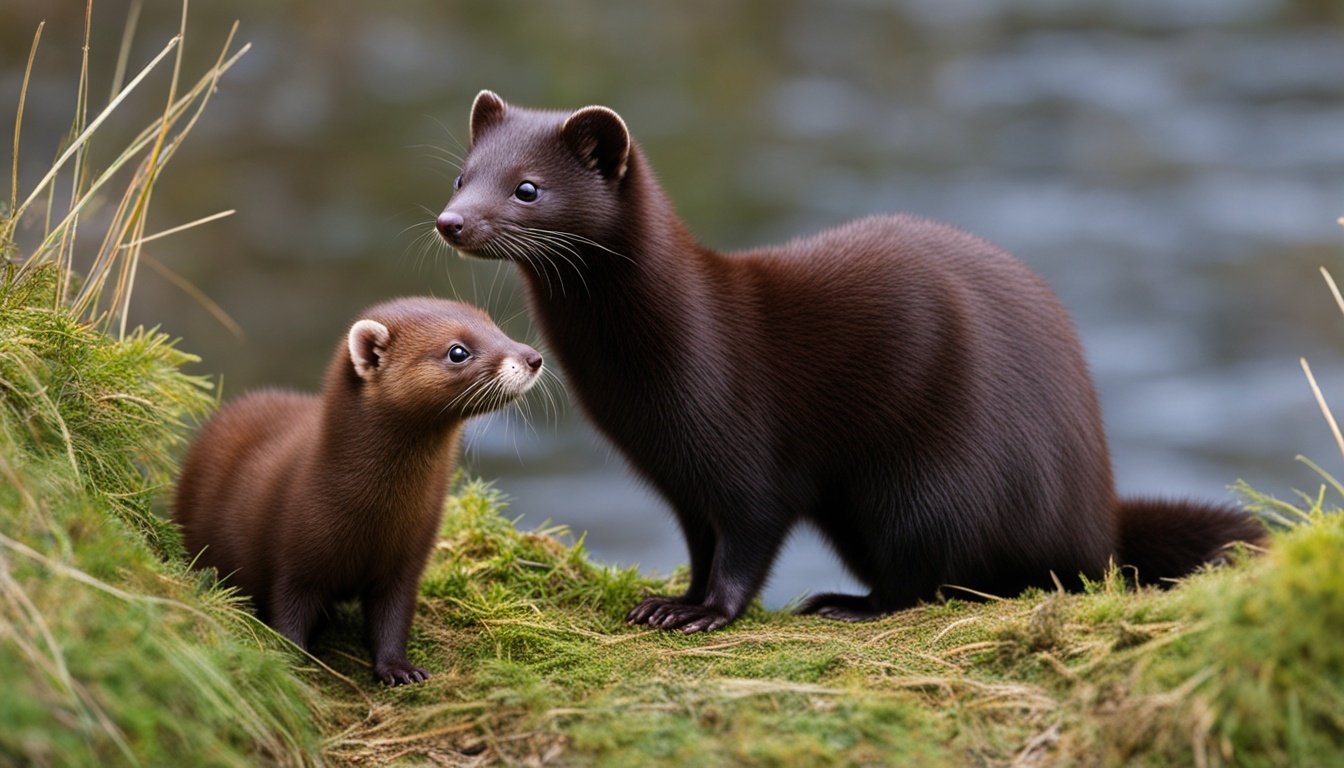Wasps are very active in the fall as the remainder of the warm weather persists, but what occurs when winter arrives? What effect does the cold have on them?
As winter approaches, the native insect populations prepare for the cold by hibernating or returning to their summer nests to finish their life cycle.
Because temperatures are expected to plummet, most wasps will perish when the weather turns colder. Adult wasps, on the other hand, survive by sleeping in hidden areas where they won’t be disturbed, such as beneath tree bark or in cracks and holes around structures.
The majority of these wasps are females who have been sexually mated. Females who are sexually mated hibernate throughout the winter, particularly a mated queen known as a “foundress.” She is in charge of the initial stages of nest formation.
These females hibernate in inconspicuous places like the attic, basement, or closet. Wasps may struggle to survive this hibernation due to a shortage of food and other supplies.
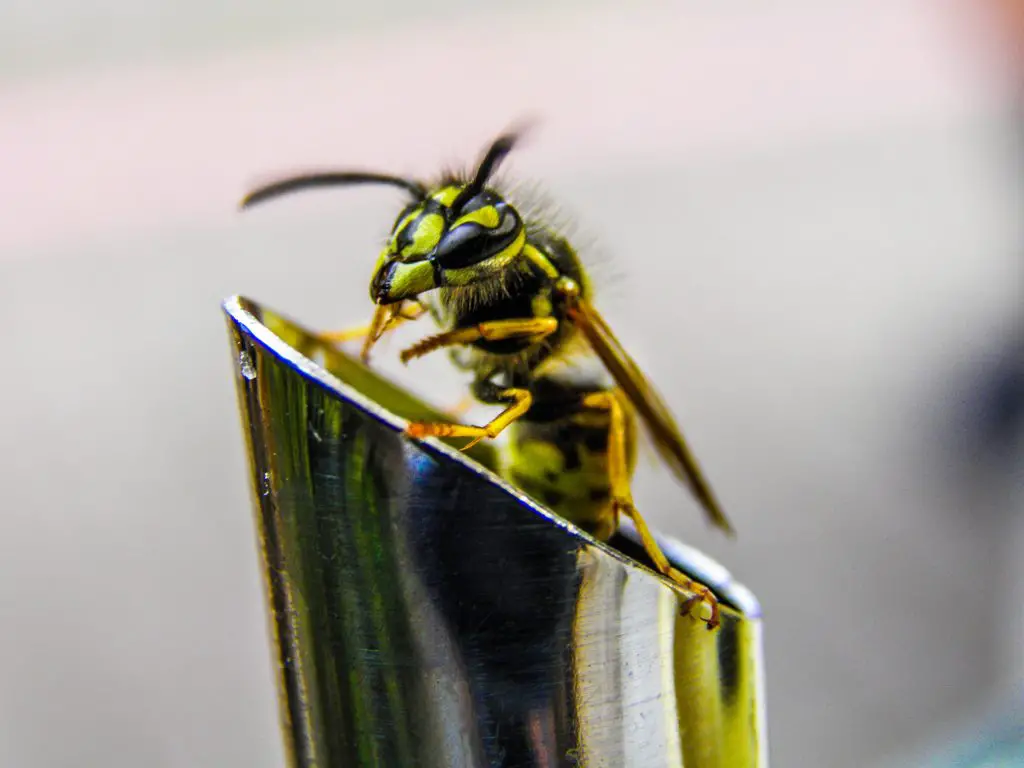
A Wasp Queen In The Winter:
During the winter months, the Wasp Queen enters into a state of dormancy. She will remain in her nest, where she is protected from the cold weather. The Wasp Queen will not eat or drink during this time, but she will continue to produce eggs. When spring arrives, the Wasp Queen will wake up and begin to mate. After mating, she will lay her eggs and raise her young.
When all the male workers and sterile wasps reach adulthood in the fall, they only have a few weeks left to live and die.
New queens hatched that year seek out a warm, dry location to hibernate, such as behind an old tree trunk, under a huge rock, or within your garage or shed. The insects go into a torpor that prevents them from eating during the winter.
In the winter, young queens can be difficult to notice, especially when they hide in crevices all-around the exterior of your home. During the winter, if you find a wasp in your shed or garage, it’s most likely a queen looking for a spot to hibernate.
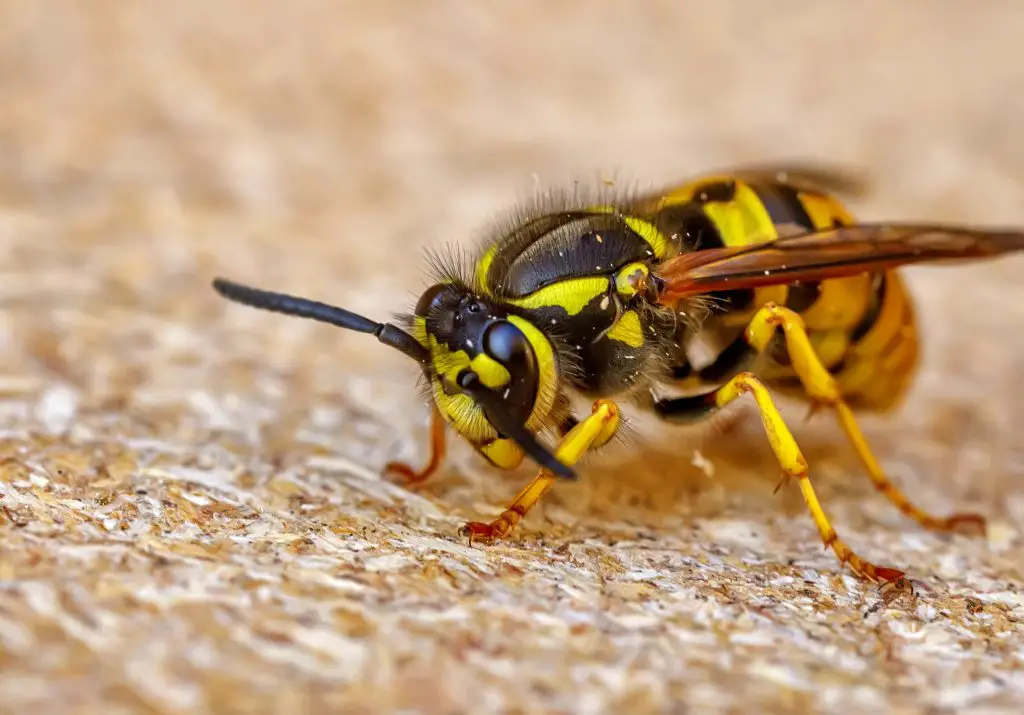
What About The Wasp Queen After The Winter
The queen emerges from hibernation each spring and selects a location for a new nest. She constructs a few compartments and lays some eggs, which hatch and grow into adults in the spring and summer, with the responsibility to care for the future eggs.
This hive normally produces several unmated females who will eventually leave to establish new colonies as future queens. As the year progresses, the remainder of the larvae mature, and the majority of the occupants go to seek sustenance on their own. When the cold weather arrives, all save the young queens die off.
When temperatures drop and the first frost of the season hits, most wasps lose their ability to fly and succumb to the cold.
The nest is usually destroyed by the end of the fall season. If you come along a wasp nest after the first frost, you can contact our Kitchener wasp control experts to ensure that it is safely removed, as a few stragglers may stay within.
Where Do Ladybugs Go in the Winter Compared to Wasps?
Ladybug winter migration patterns differ from those of wasps. While wasps typically hibernate in their nests, ladybugs have a unique behavior. They gather in groups and migrate to warmer locations, such as inside buildings, under tree barks, or within rock crevices. Understanding these distinct patterns sheds light on the fascinating winter survival strategies of these two insects.
Abandoning Old Nests:
When winter arrives and a wasp’s nest empties, new queens do not use it the next year. Although no single wasps will come to this nest before the end of the year, because males usually die from cold or famine, you may wish to have our crew come out and remove old nests as a precaution.
The cold season is typically the safest place of year to remove old nests and clear up any clutter so that a new queen does not use the place the following year. Wasps commonly make nests on building corners, under eaves, and even in heaps of unused wood.
Until many wasps, winter signals the end of a life cycle, but queens wait for spring to bring forth the following generation. Call us today for bee control and be assured that your home will be clear of these pesky creatures.

